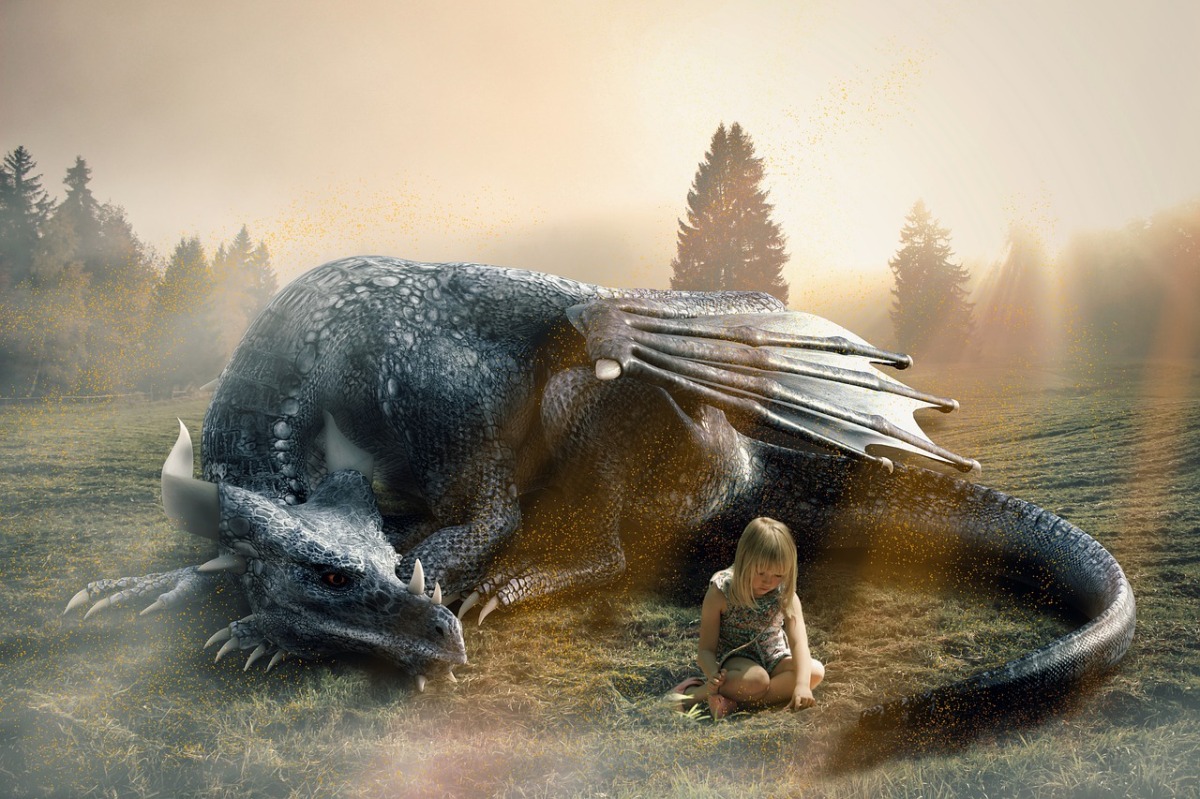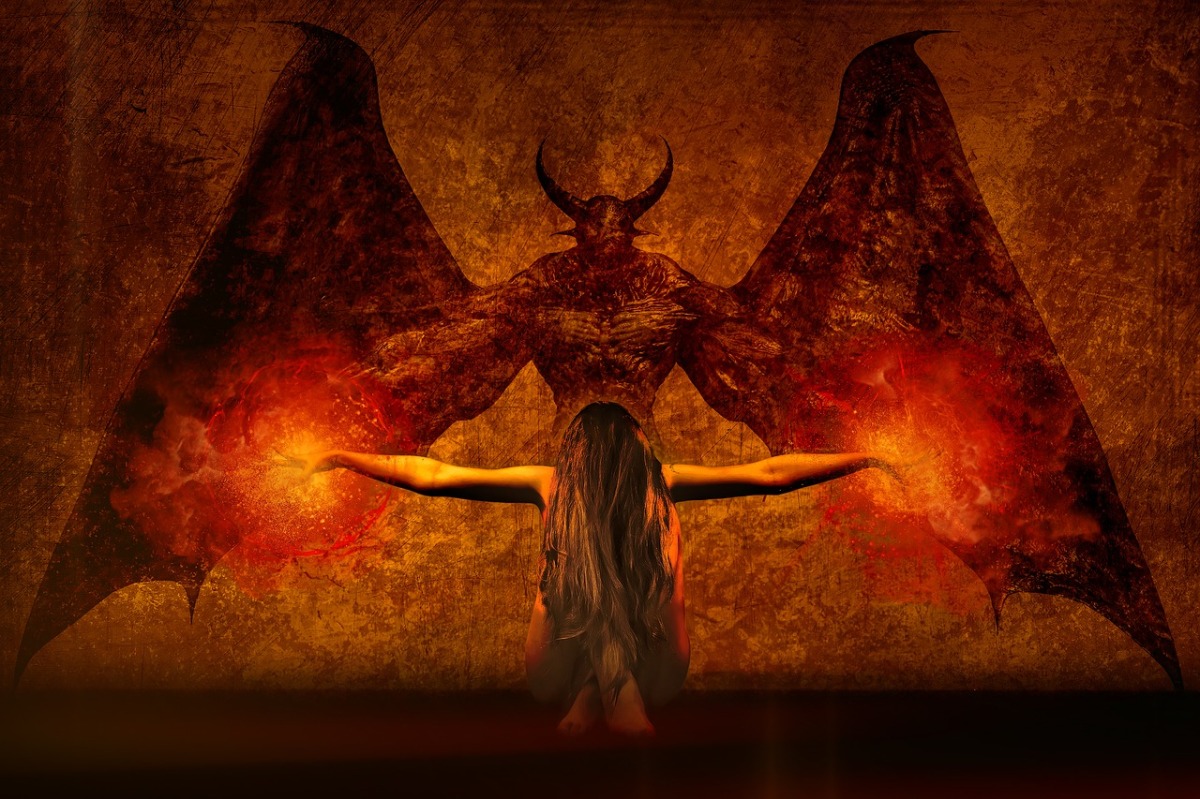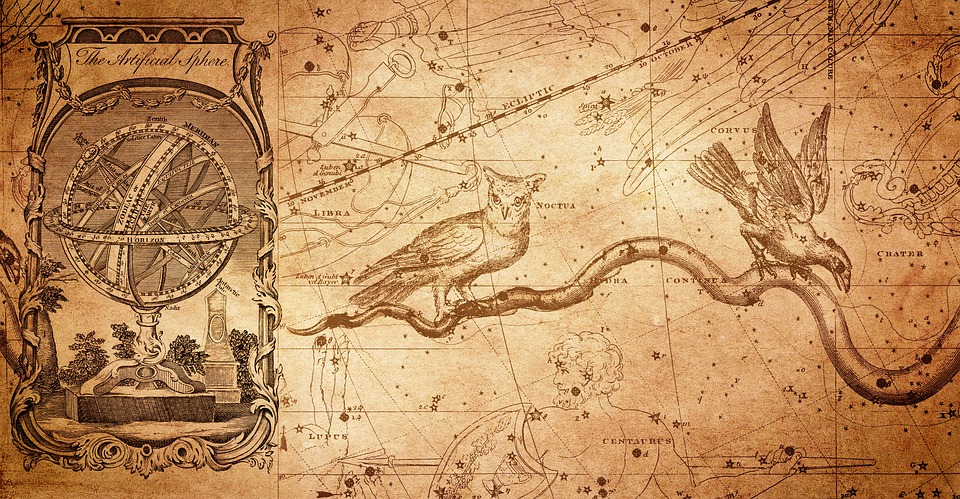In English folklore, the grant is a creature that looks like a yearling foal with sparkling eyes. He prances about the streets of a village at midnight day or sundown, often capering on his hind legs. All the dogs run after him. His presence is a warning of danger, and those who see him are sure that their houses will catch on fire, or some mis-fortune will occur.
Tag: folklore
Herbs of Folklore and Modern Medicine: White Willow, Aloe Vera, and Garlic by Rev. Dr. Lisa Waltz, ND, DD, CNC
Many of the medicinal herbs we use today have been studied by modern science for application in today’s medical field. These studies have shown that our ancestral folk uses of these herbs were very much correct in their applications. Here we will explore three of the more popular herbs and see how their folk uses compare with the studies and results.
Cirein Croin
Region: Scotland
Time Period: Unknown
References in Literature: Highland Folklore
Sources: XDrac
Looking back
Allow me to reminisce. In the autumn of 1995 I was planning the transition from Mercian Mysteries to At the Edge. The aim was to ‘walk on the cracks’ between archaeology, folklore and mythology to provide an up-to-date insight into new interpretations of past and place. A secondary aim was to encourage more academic contributions and to make ‘earth mysteries’ just one among several approaches to past and place. At this time Paul Devereux was editing The Ley Hunter and Danny and Jo-Anne Sullivan were producing 3rd Stone. However, soon after At the Edge was launched, Paul handed over TLH to Danny, and Danny asked Neil Mortimer and Hilary Schraft to handle 3rd Stone. Neil and Hilary hit the ground running and expanded on the editorial standard set by the previous editors of 3rd Stone. As a result, Neil has been able to dramatically increase the number of subscribers for 3rd Stone. However, Neil’s editorial approach to 3rd Stone meant that the content was much closer to the scope of At the Edge than had been the case when Danny and Jo-Anne were editing. Inescapably, At the Edge was now competing with 3rd Stone for both subscribers and contributors. This seemed to be entirely unnecessary as both Neil and myself recognised that collaboration would be far more fruitful.
Black Donald
by Blair Colquhoun
In Scottish folklore, Black Donald is the Devil. It is said that the Devil is good at all jobs except for one, tailoring, because when the Devil is among the tailors they close up shop so he has never learned to baste. He can take many disguises including an old man in a black suit but whatever disguise he takes, he’s always giving himself away because of his cloven feet which cannot be shod.
Friar Tuck
by Austine Moon, Clarksville Middle School
Friar Tuck is a priest from old English folklore, and as legend describes, he was slightly pudgy. Armed with a sword, bow, and merry temperament, Friar Tuck was one of Robin Hood’s best known men. He helped Robin with his missions and/or schemes. But even before he and Robin met, he was known as one of the best swordsmen/archers in the land. When Robin first came across Tuck, he didn’t know the identity of the fat friar.
Latvian mythology
by Aldis Putelis
There is no mythological system in the Latvian tradition resembling that of Greeks or Romans. All the bulk of facts entitled this way is just a derivation from the Latvian folklore material, and mostly – song texts. This makes all the study on it just speculation. Not much clarity is added by the written documents of the ancient days. All of these accounts are analyzed in the book Letto-Preussische Goeterlehre by the outstanding mythologist Wilhelm Mannhardt (prepared 1870, published in Riga, 1936).
Laima
by Aldis Putelis
Laima is the deity of fate, the personification of it, whether as luck or as bad luck. The name is similar to laime – “luck”, with both grammatical variants traceable in the folklore material. The name of this deity also differs in different sources. She assists childbirth, therefore is honored by both maidens and married wives, controls the most important events of a person’s life, such as birth, marriage and death. As a person may mention or even condemn the respective Laime, it may be understood that the concept 1) was in stage of turning into a synonym for liktenis – ‘fate’, 2) this deity is understood as opposable, although the judgment cannot be affected in any way. One of the first appearances of Laima in a document is again Paul Einhorn’s Historia Lettica (1649).
Dievturiba
by Aldis Putelis
A recent Latvian religious system belonging to the group of the so-called “new religions” and neo-paganism.
Established in 1925 by a group of artists and men of letters. The system is based on Latvian folklore, mainly folksong texts, using also the data of other genres and much comparative material. It is claimed that this is the actual ancient religion of Latvians, having preserved much of the original Indo-European ritual and mythology, as well as culture and worldview. It is admitted that it is re-organized for more convenience in
modern situation.
Dievini
by Aldis Putelis
Dievini (diminutive plural from dievs) is a collective name for the group of minor gods of the Latvian pantheon. Mostly, the Dievini act as protecting and household gods. The word itself seems to be a more recent construction. Although being less described in the classical folklore, these could be the deities honored more in day-to-day life as the actual rulers of the household fortune and therefore of more influence.










